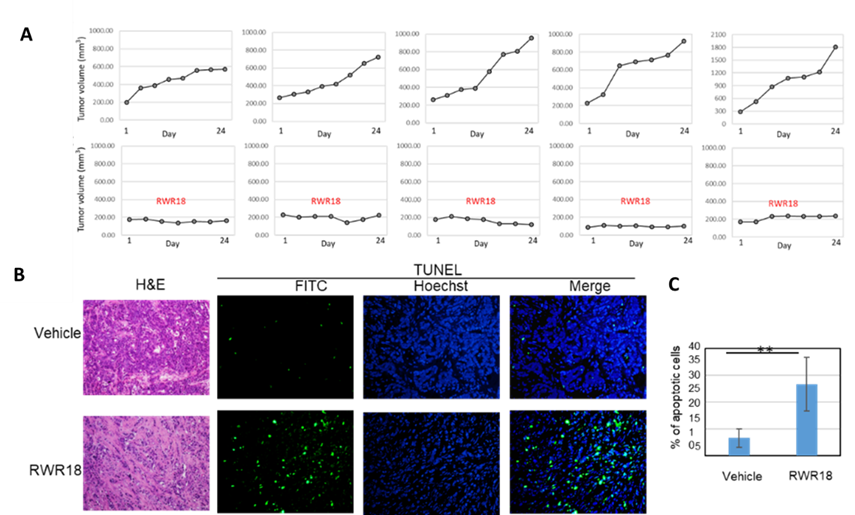Large-scale genomic analyses, including data from The Cancer Genome Atlas (TCGA) and other breast cancer datasets, have identified amplification of the AT-rich interactive domain 4B (ARID4B) protein, also known as retinoblastoma binding protein 1-like 1 (RBP1L1), in approximately 22% of human breast cancer cases. Compelling clinical evidence highlights the critical role of ARID4B in breast cancer tumorigenesis and its contribution to resistance against endocrine therapies, underscoring the urgent need for targeted pharmacological interventions. Researchers at George Washington University (GW) have utilized advanced molecular biology techniques to clarify ARID4B’s essential role in breast cancer development and resistance to systemic endocrine treatments. Their work has led to the creation of small molecule inhibitors specifically targeting ARID4B’s chromo-barrel domain.
Among several compounds, RWR18 has shown remarkable efficacy. In vitro studies demonstrate that RWR18 specifically and potently inhibits ARID4B’s tumor-promoting actions, effectively reducing the growth of cancer cells without harming normal cells. In vivo, RWR18 has proven to be well-tolerated, achieving a five-fold reduction in tumor volume in estrogen receptor (ER+) breast cancer xenografts model compared to vehicle treatments.

Figure. Anti-tumor efficacy of specific ARID4B inhibitor, RWR18. (A) Tumor growth in mice receiving vehicle (n=5) and (25mg/kg) RWR18 (n=5) once every two days for 24 days. (B) Representative images of H&E staining, TUNEL assays from vehicle or RWR18-treated tumors. (C) Quantification of % of apoptotic cells (green) shown on the right. ** P<0.01.
Advantages:
-
Overcomes endocrine therapy resistance in breast cancer
-
Potential to target tumors overexpressing ARID4B
-
Well-tolerated with no toxicity
Applications:
-
Cancer treatment
-
Combination therapies